16 Reasons Why Your Dog Might Be Prone To Biting

Understanding why dogs bite is crucial for both dog owners and those who interact with dogs. Biting can be triggered by various factors, and knowing these can help in preventing unwanted incidents.
1. Lack Of Boundaries
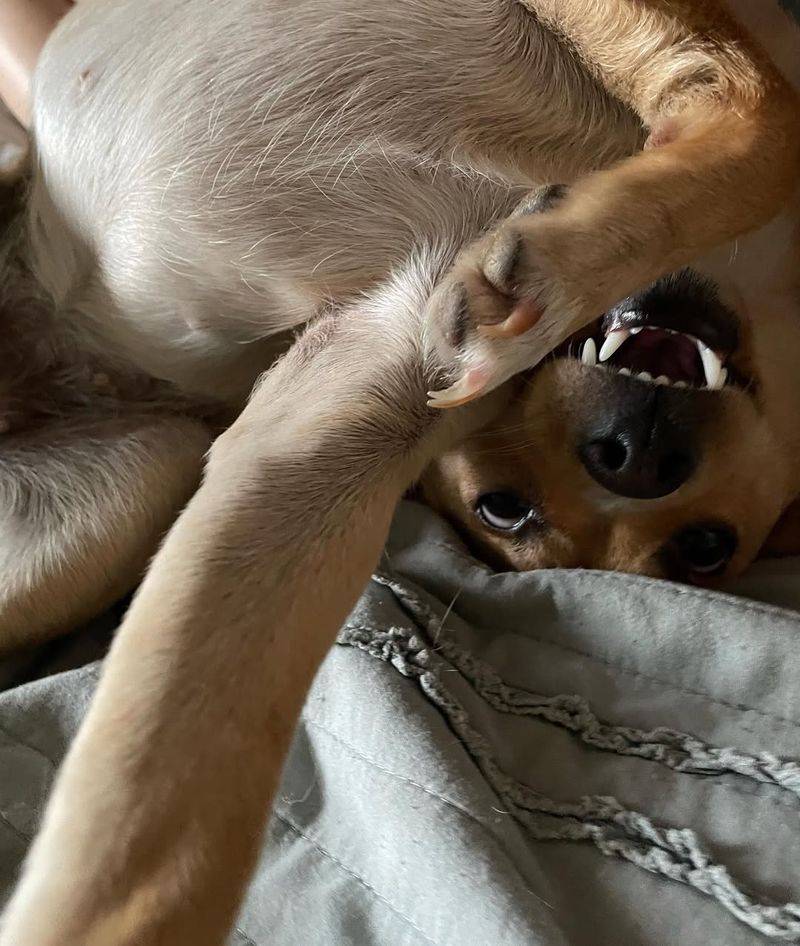
Dogs that have not been taught clear boundaries may resort to biting when they feel threatened or confused. Without proper guidance from their owners, they may struggle to differentiate between appropriate and inappropriate behavior.
This lack of boundaries can lead to defensive or aggressive actions, including biting, especially when a dog feels its personal space or safety is being encroached upon.
2. Fear And Anxiety

Dogs that are fearful or anxious can be more prone to biting as a form of self-defense. When a dog feels threatened or cornered, its natural instinct is to protect itself, and biting becomes a way to create distance or escape the perceived danger.
Fear-induced biting can occur in various situations, such as during a visit to the vet, unfamiliar encounters, or loud, chaotic environments. Addressing fear and anxiety through desensitization and positive reinforcement training can help reduce these behaviors.
3. Protecting Their Territory
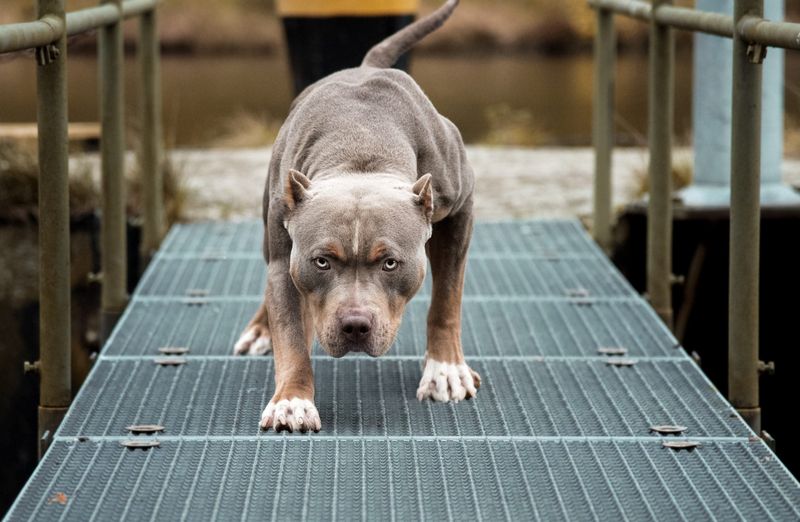
Dogs are naturally territorial animals and may become protective of their space, belongings, or family members. When they feel that their territory is being invaded, they may bite as a way of defending what they perceive as theirs.
This behavior is often seen in dogs who are territorial about their home or food bowl. Proper training, boundaries, and socialization can help reduce territorial aggression, ensuring your dog feels secure without resorting to biting.
4. Pain Or Illness

When a dog is in pain or not feeling well, it may bite as a way of expressing discomfort or defending itself from further irritation.
Dogs that are injured or suffering from an illness may become more irritable and protective of their bodies. It’s essential to monitor your dog for signs of pain, such as limping or sensitivity to touch, and provide appropriate medical attention to prevent biting due to health issues.
5. Lack Of Socialization

Dogs that have not been adequately socialized may struggle to interact appropriately with other animals, people, or environments.
This lack of exposure can lead to fear-based aggression or defensive biting when encountering unfamiliar situations. Early socialization with other dogs, people, and various environments can help your dog feel more comfortable and less likely to bite out of fear or uncertainty.
6. Excitement
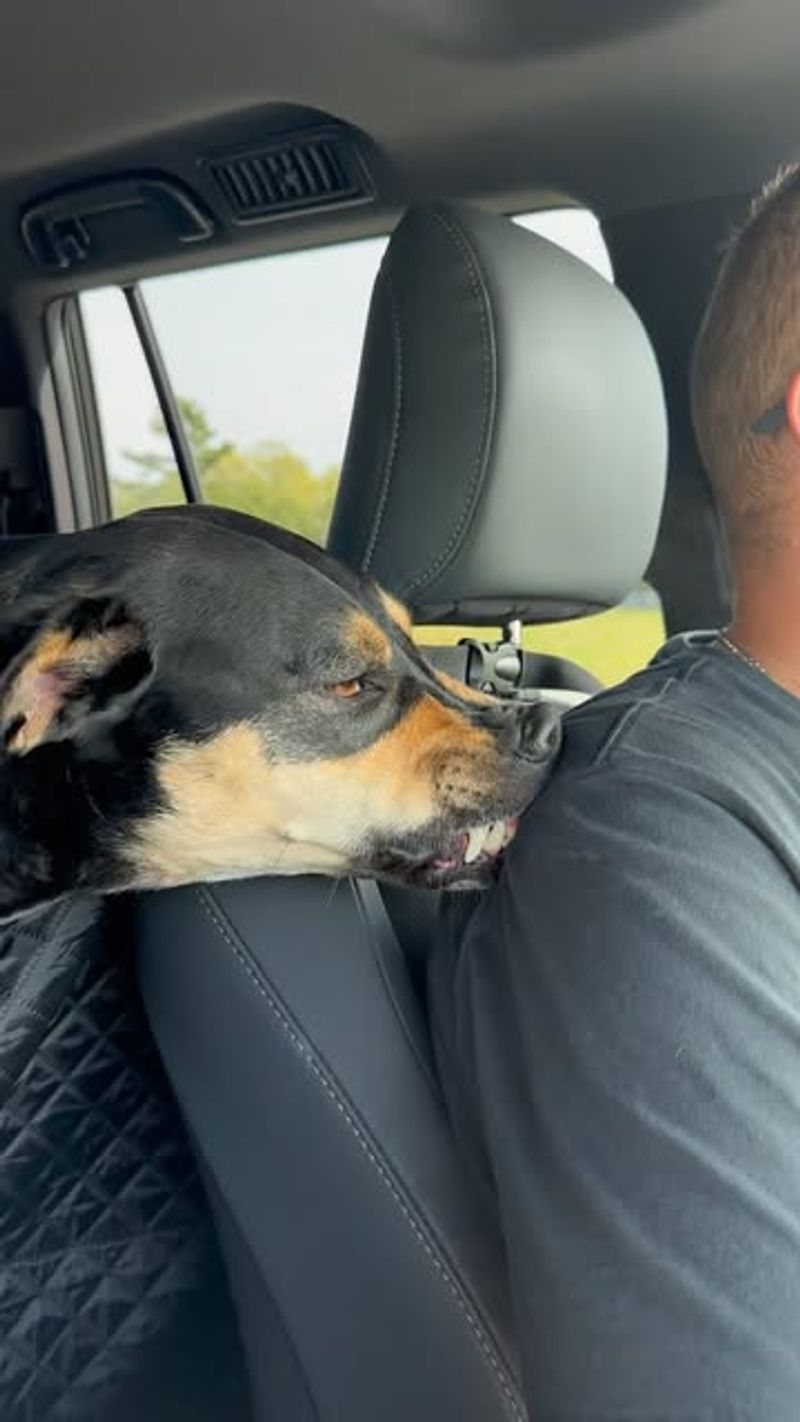
In some cases, dogs bite as a response to heightened excitement. This is especially common in puppies or high-energy breeds that are easily triggered by play or a new stimulus.
When a dog becomes overly excited, it may struggle to control its impulses and inadvertently bite during play, despite not intending to harm. Managing excitement through calm training techniques and structured activities can help prevent this behavior.
7. Resource Guarding
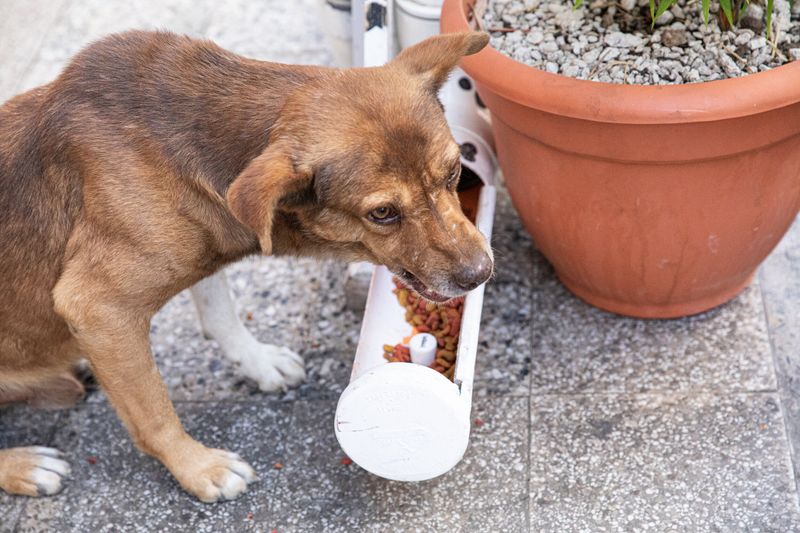
Resource guarding occurs when a dog feels the need to protect valuable items like food, toys, or even its human family members. When a dog is possessive of its resources, it may bite to prevent others from getting too close.
Resource guarding is common in dogs that have not been taught to share or trust others around their belongings. Positive reinforcement training and teaching your dog to associate people with rewards can help reduce resource guarding behaviors.
8. Maternal Instincts

Mother dogs with puppies can become extremely protective and may bite to defend their litter from perceived threats.
This maternal aggression is an instinctual behavior designed to protect the young and ensure their survival. If you’re interacting with a mother dog and her puppies, it’s essential to approach with caution and give the dog space, as she may become defensive of her babies.
9. Startled Reaction

Dogs that are suddenly startled or frightened may bite in response to the shock. A quick or unexpected movement, a loud noise, or being touched in an unfamiliar way can provoke a bite reflex.
Startled biting is often a defensive response to fear or confusion. It’s important to approach dogs calmly and gently to avoid triggering a startled response, especially with dogs that are naturally sensitive or reactive.
10. Playing Too Rough
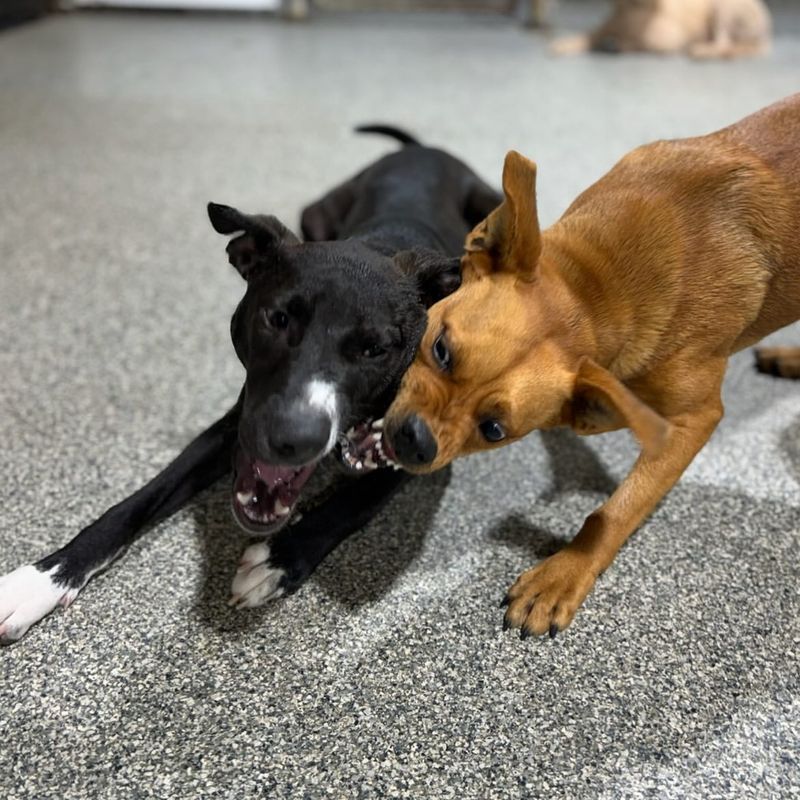
During play, some dogs may bite as a result of being overly excited or not understanding how to regulate their behavior.
Puppies, in particular, are prone to nipping or biting during play, as they are still learning about bite inhibition and appropriate interaction. Teaching dogs proper play manners, such as gentle mouth play and responding to cues, can help prevent accidental biting during play sessions.
11. Frustration Aggression
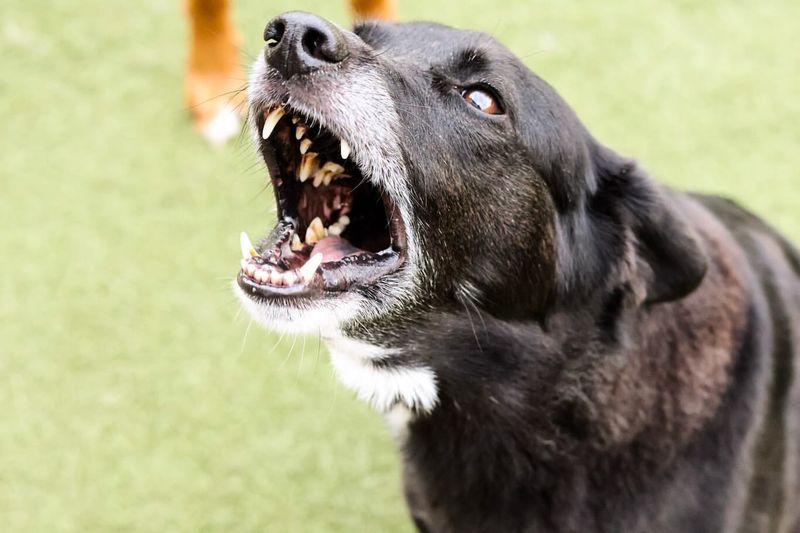
Frustration aggression occurs when a dog becomes frustrated by its inability to achieve a desired outcome, such as being unable to reach a toy or communicate with another dog.
When a dog is unable to release its pent-up energy or excitement, it may resort to biting as an outlet for its frustration. Providing enough mental and physical stimulation, as well as teaching frustration tolerance, can help prevent frustration-based biting.
12. Lack Of Training

Dogs that have not received proper training may bite as a way of expressing their confusion or frustration. Without clear guidance on acceptable behavior, dogs may resort to biting when they feel uncertain or overwhelmed.
Consistent training, positive reinforcement, and clear boundaries can teach a dog how to behave appropriately and reduce the likelihood of biting in stressful situations.
13. Overstimulation

When a dog becomes overstimulated, whether from too much excitement, play, or sensory overload, it may bite as a way to cope with the intensity.
This is especially common in high-energy dogs that become easily overexcited during playtime or when interacting with other dogs. Recognizing the signs of overstimulation and providing a calming environment can help prevent bites caused by overstimulation.
14. Unfamiliar Situations

Dogs that are placed in unfamiliar or stressful situations may react by biting out of fear or uncertainty. New environments, unfamiliar people, or sudden changes in routine can make a dog feel vulnerable, leading to defensive biting.
Gradual exposure to new situations and positive reinforcement can help dogs build confidence and reduce anxiety around unfamiliar circumstances.
15. Dominance Issues
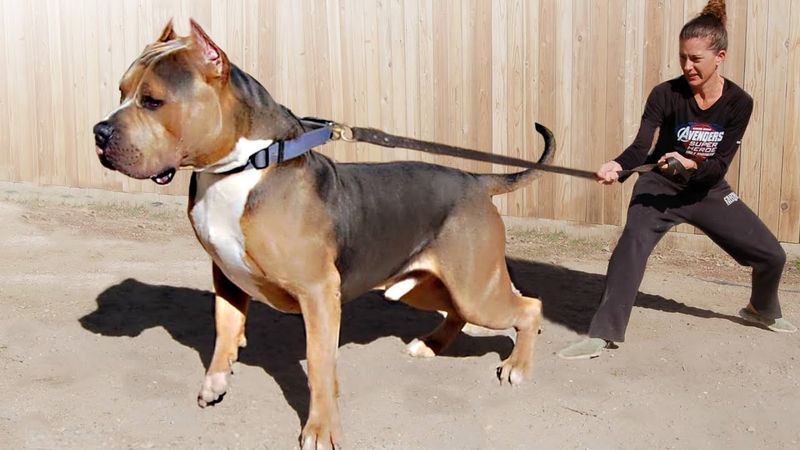
Dominance aggression can occur when a dog attempts to assert control over its owner, other pets, or its environment. This behavior is more common in untrained dogs or those with strong-willed temperaments.
A dog that is trying to assert dominance may bite to show aggression or establish control. Clear leadership, consistency, and obedience training can help prevent dominance issues from developing and reduce the likelihood of biting.
16. Previous Trauma
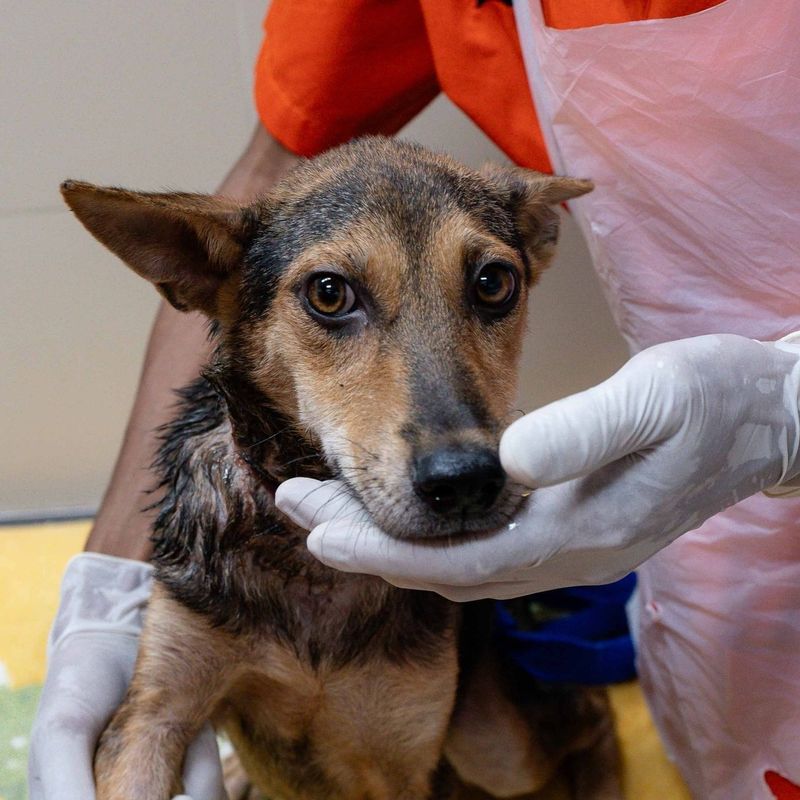
Dogs that have experienced abuse, neglect, or trauma in the past may have a heightened sense of fear or insecurity.
These dogs may bite out of self-preservation or due to mistrust of humans or other animals. Providing a safe, calm, and loving environment, as well as gradual desensitization and behavior modification, can help dogs overcome past trauma and reduce aggressive tendencies.






